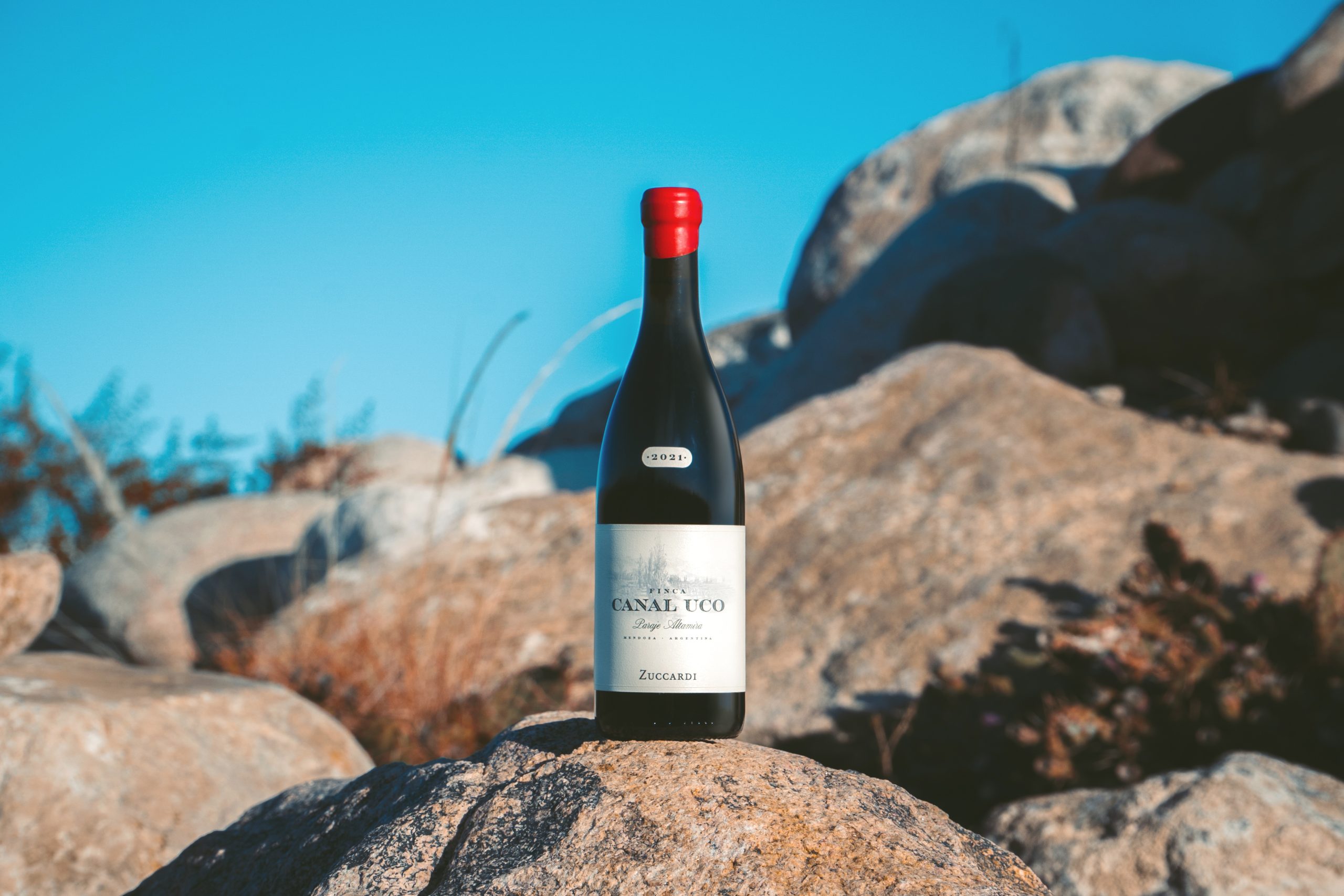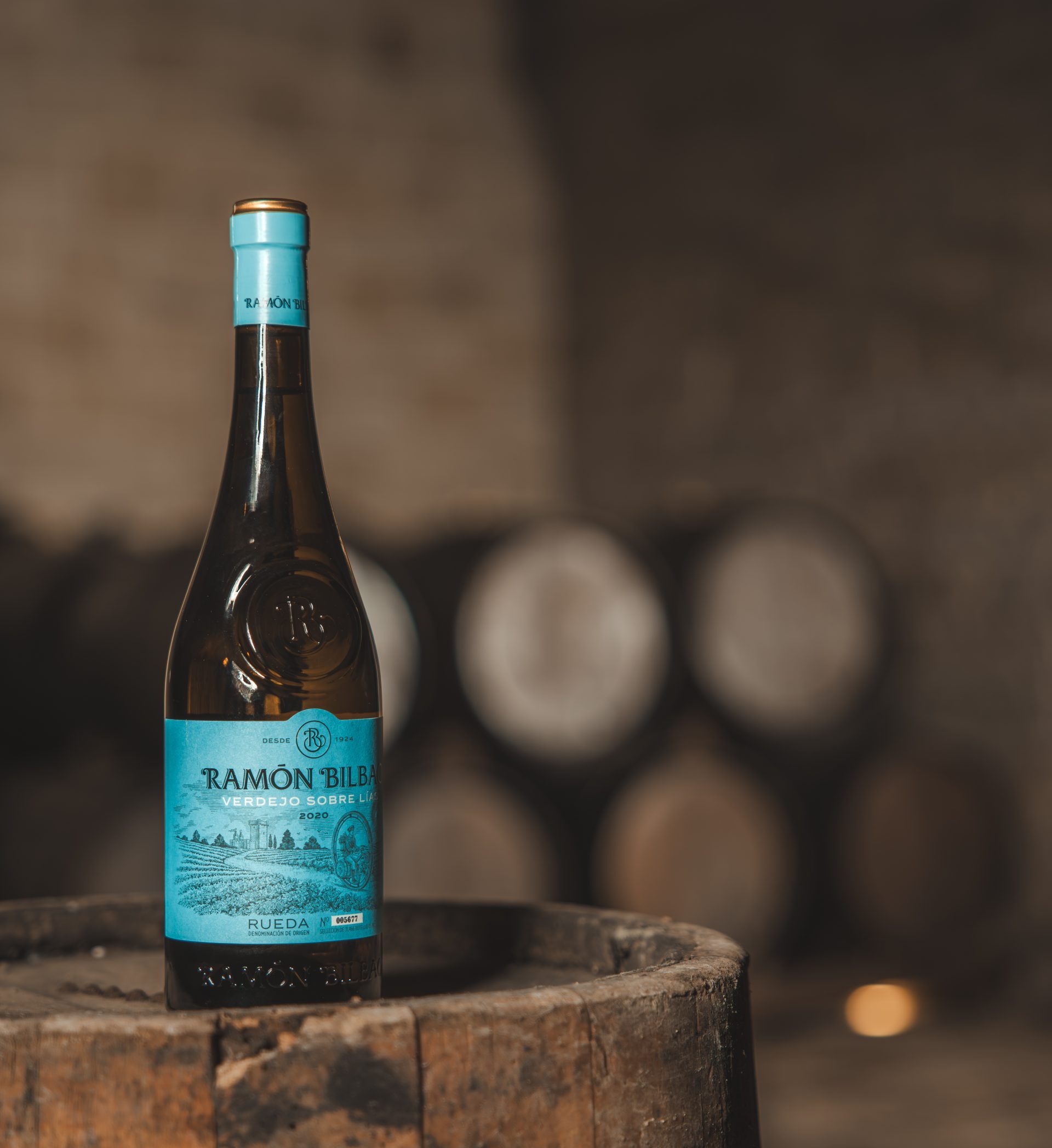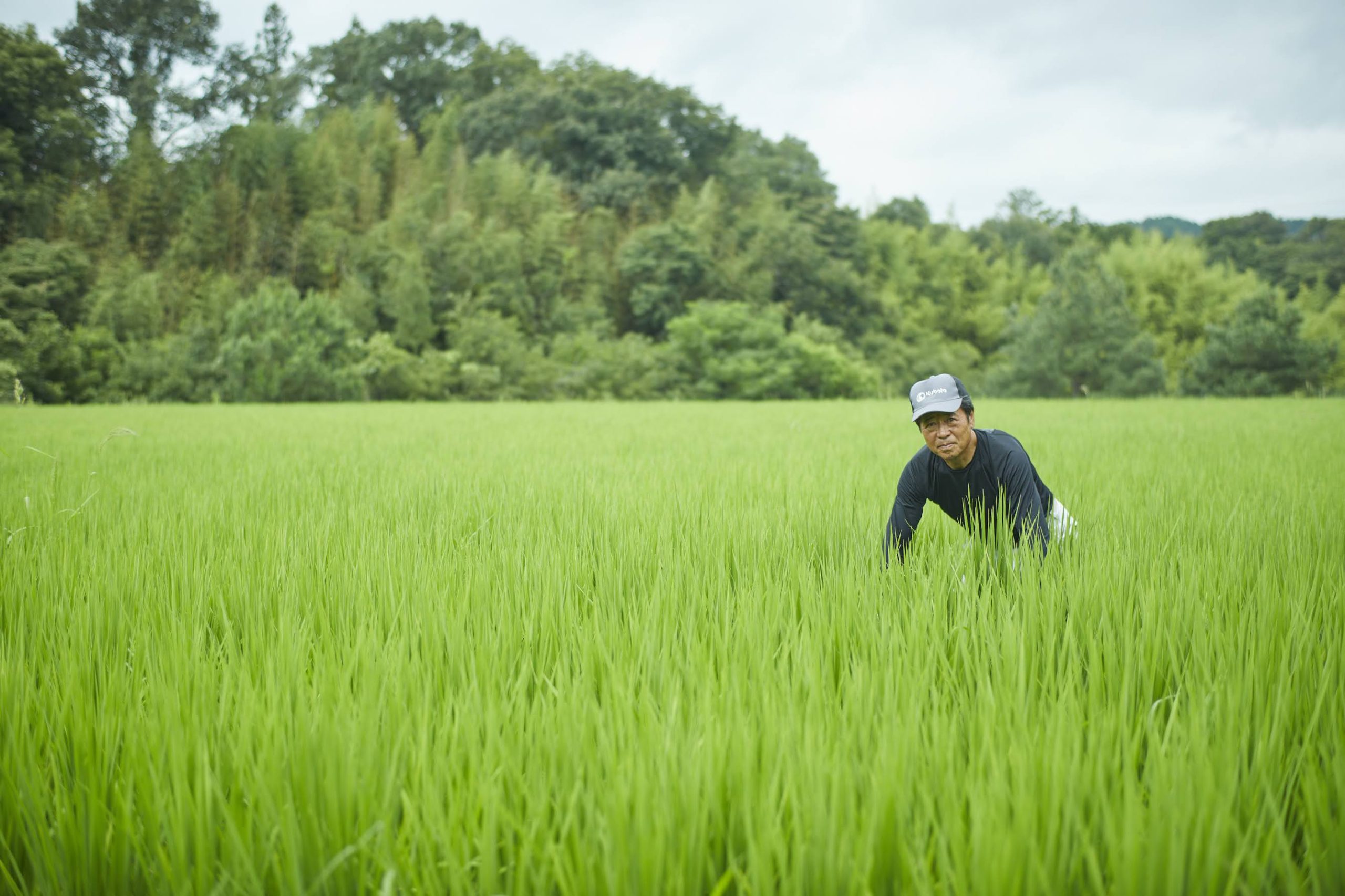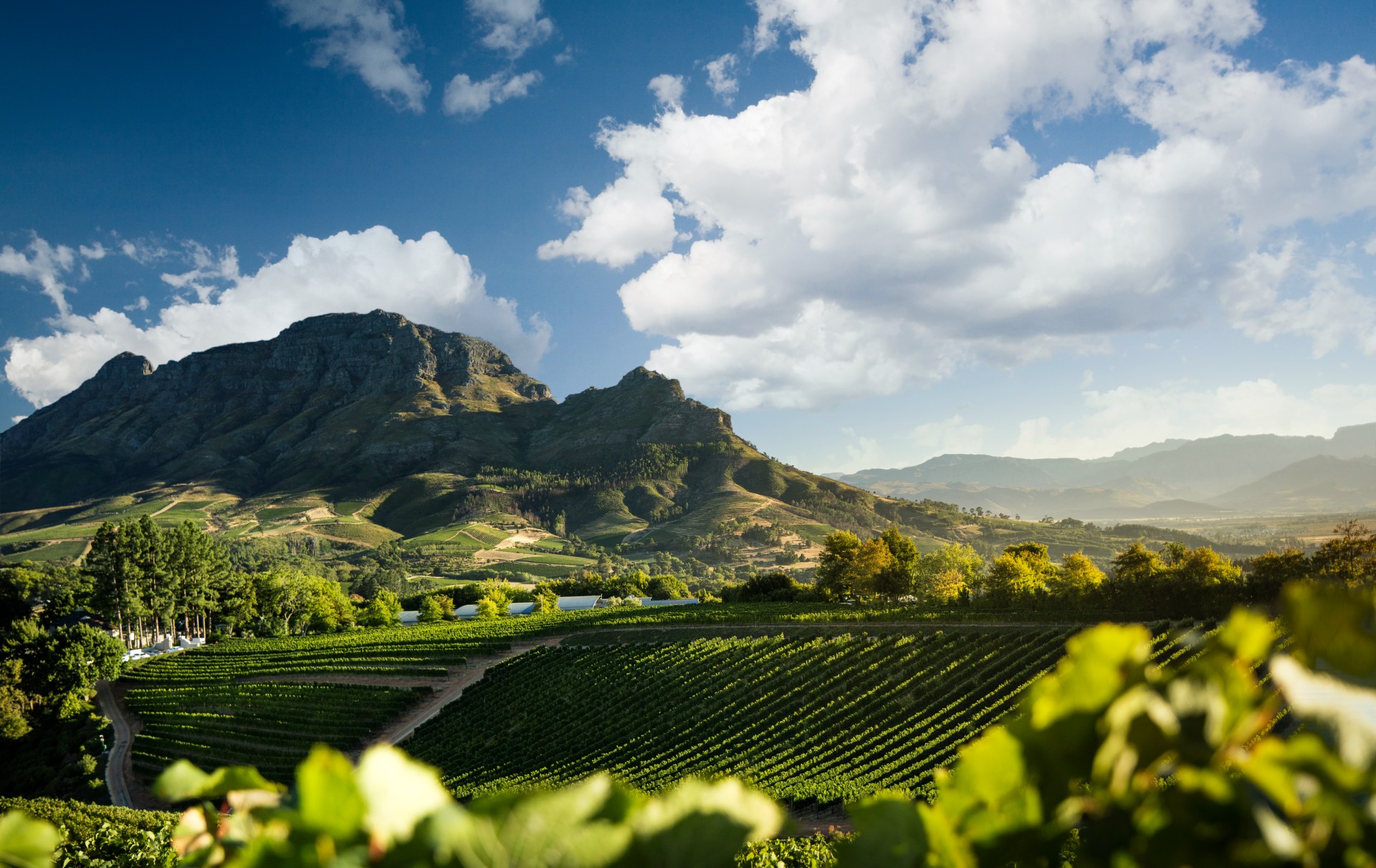Chile ‘abused’ oak in the past
Chilean producers “abused” oak in the past, believes Max Weinlaub, head winemaker at Concha y Toro subsidiary Vina de Maipo, where a trend for fresher, lower alcohol wines is continuing to gather pace.
“For many years [Chile] abused wine with oak barrels and staves”, said Weinlaub speaking to the drinks business on a recent visit to Quinta de Maipo’s Vina Maipo winery in the Maipo Valley, Chile. “Now, I am looking for the purest expression of a variety or region. For many years we were confused, using too much oak and I don’t know why – maybe because of the American palate? But now even Robert Parker is changing. Everyone is looking for fresher, lower alcohol wines with less oak.”
Weinlaub currently uses 225 litre oak barrels, mostly from Burgundy, to produce Vina Maipo wines, which includes the Vitral, Limited Edition and Alto Tajamar ranges. However he revealed he plans to start using much larger 5,000 litre barrels to further still reduce the impact of oak.
“Over the last years we in general, but I in particular, have been reducing the impact of oak in our wines, using less oak or not using oak at all and using older barrels”, said Weinlaub. “We receive feedback from different customers and the UK is very important for us and there is a trend toward unoaked wines, or a very light touch of oak.”
Rather than the dark side of the moon, Weinlaub says he is looking to showcase the “fresher side of Shiraz”, referencing his love of Pink Floyd. Picking earlier to retain the grape’s acidity and freshness, resulting in a lower alcohol wine, is one way that this is being achieved, combined with less oak.
“What we are trying to do is produce a fresher style of Syrah”, said Weinlaub. “Not to over extract or to get too much alcohol, sweetness or oak. Balancing the sweetness on the palate, that is the challenge. I don’t want to make a coca cola wine, but at the same time I understand that for many wine drinkers that kind of sweet sensation is important. It’s a matter of balance between sweetness and acidity and to offer a well-made wine that is balanced.”
Partner Content
Vina de Maipo was among the first producers to plant Syrah in Chile during the 1990s, and has been focusing on its development ever since with the aim of positioning Vina Maipo as a “pioneer winery in the production of premium wines made from Syrah.”
“[Syrah] was planted in the 90s because the industry in general was concerned about the new offer of varieties”, said Weinlaub. “You have to imagine that in the 90s Chile was only making Cabernet Sauvignon, Merlot and Chardonnay. Other grapes such as Pais and Carignan were only used for bulk or inexpensive whites. So the industry was looking for grapes with commercial success that we could adapt to the Chilean climate. Having seen Australia’s success with Shiraz we decided to plant Syrah.”
Vina Maipo sits within Quinta de Maipo portfolio’s, with its first vines planted in 1948. Quinta de Maipo is now a subsidiary of Concha y Toro, which acquired the group in 1968.




